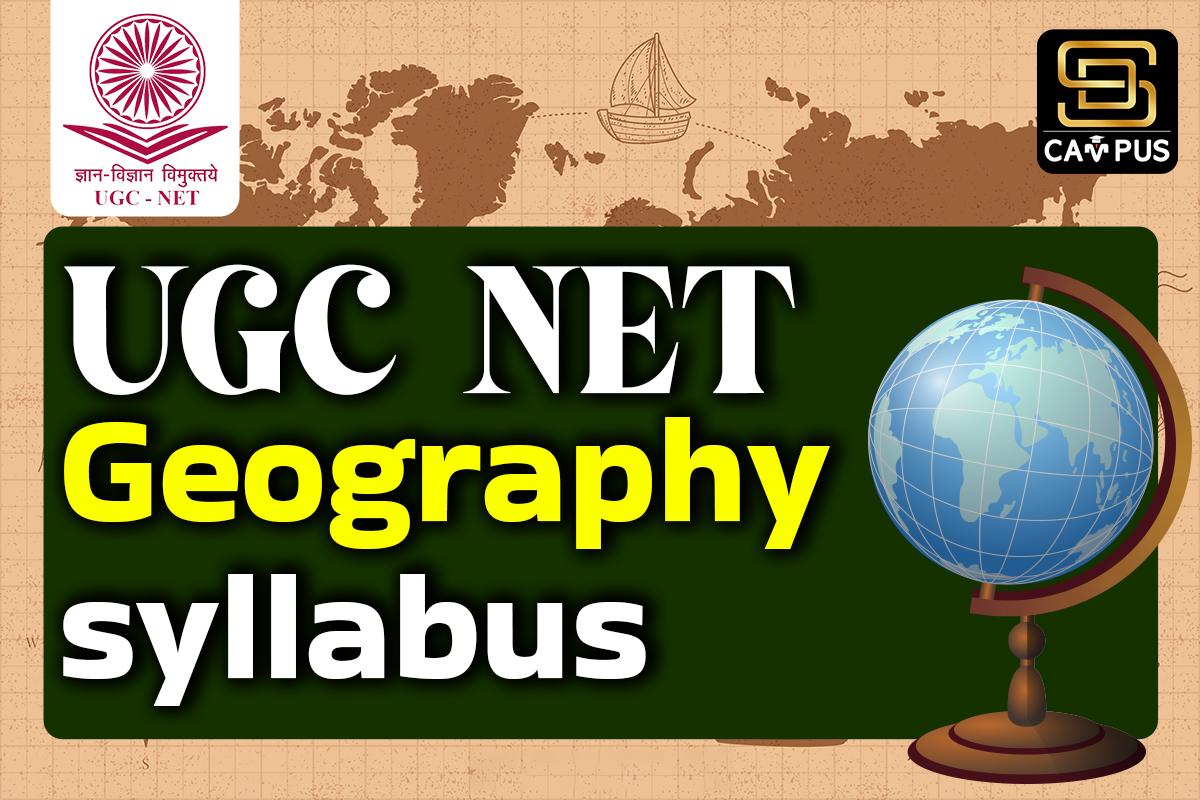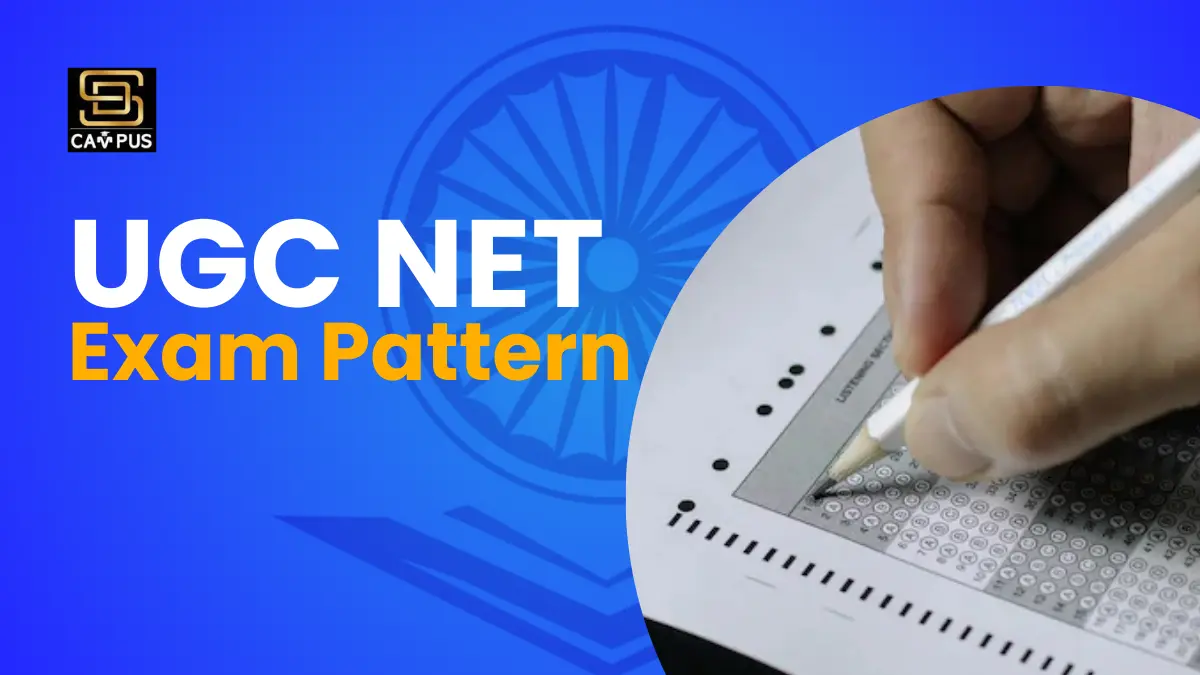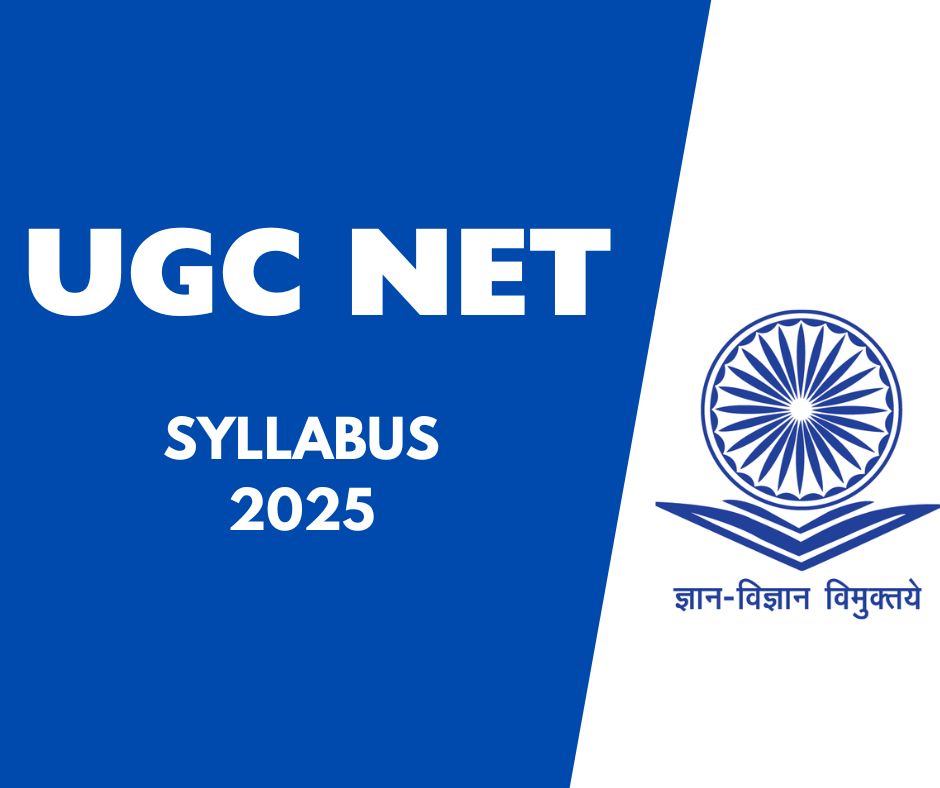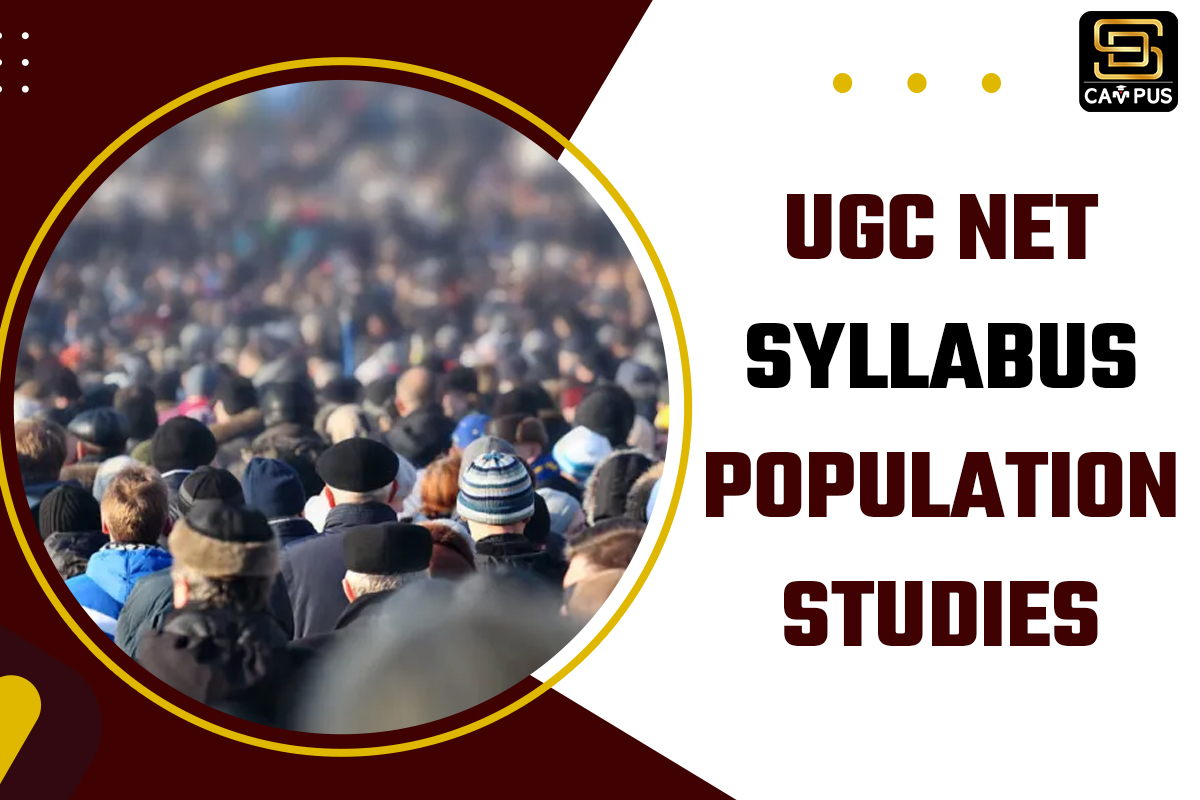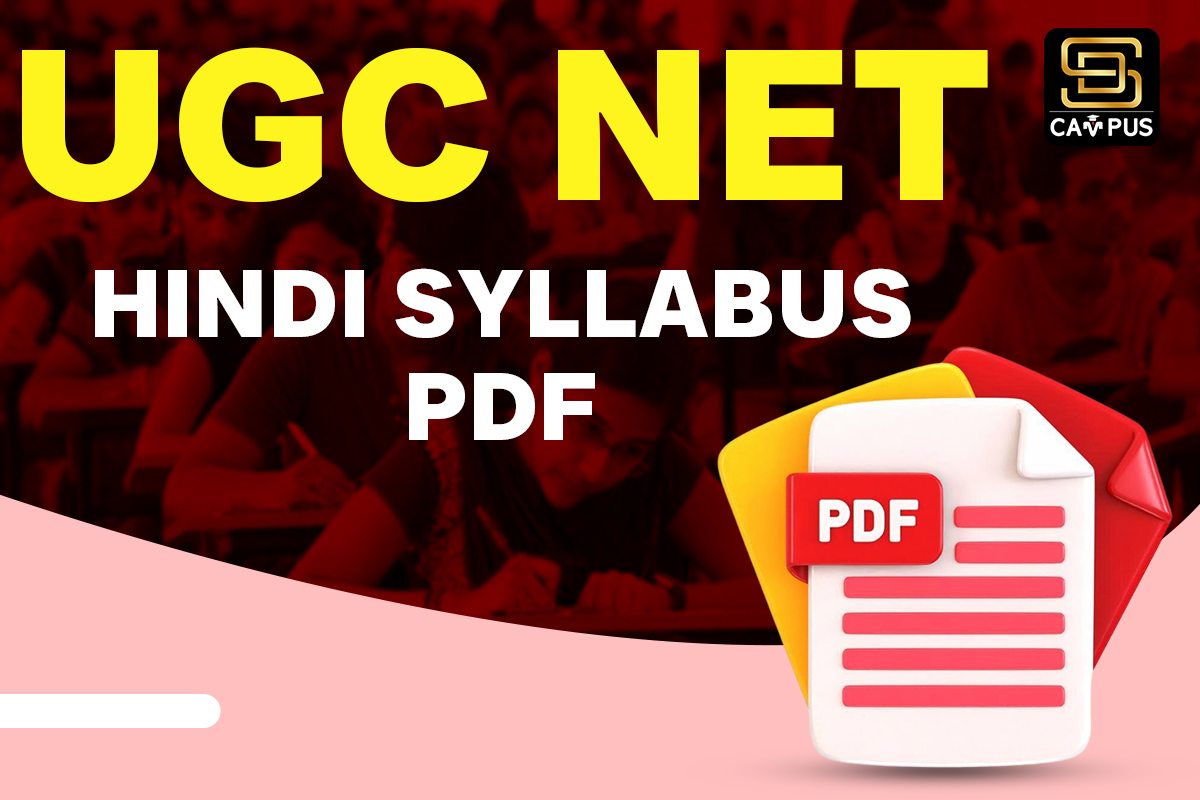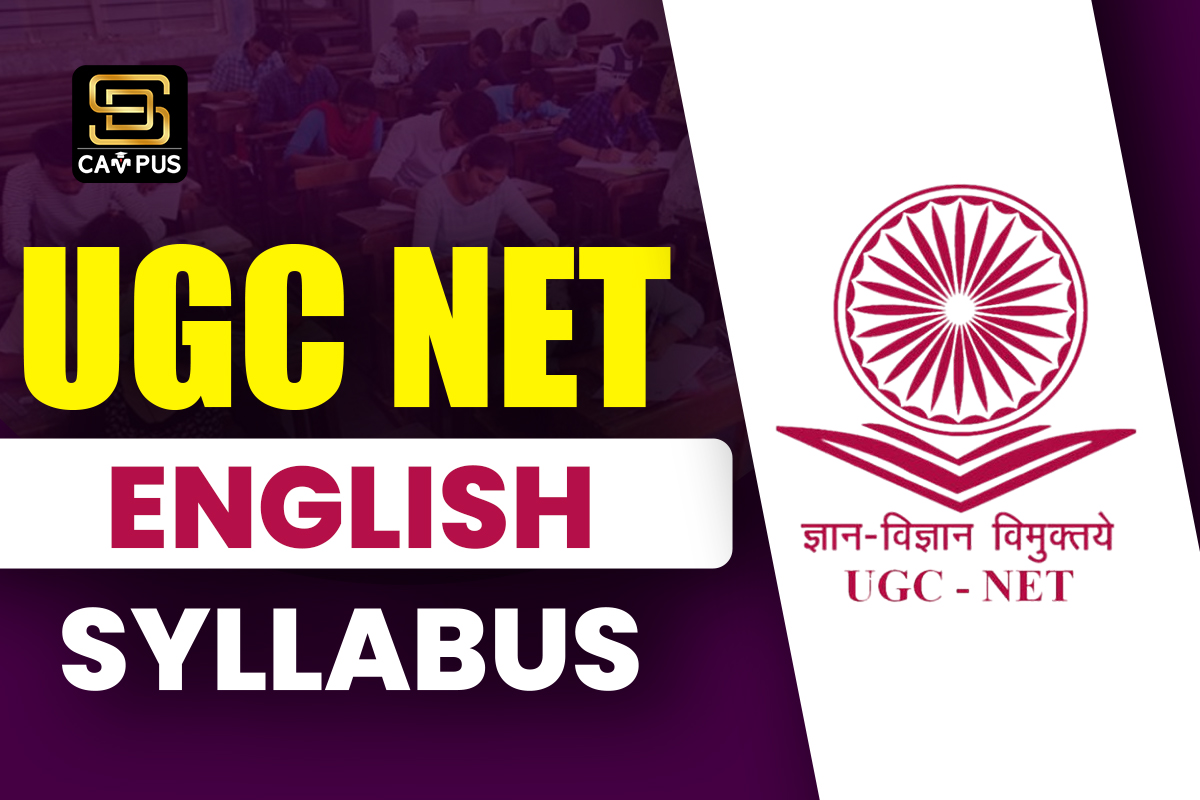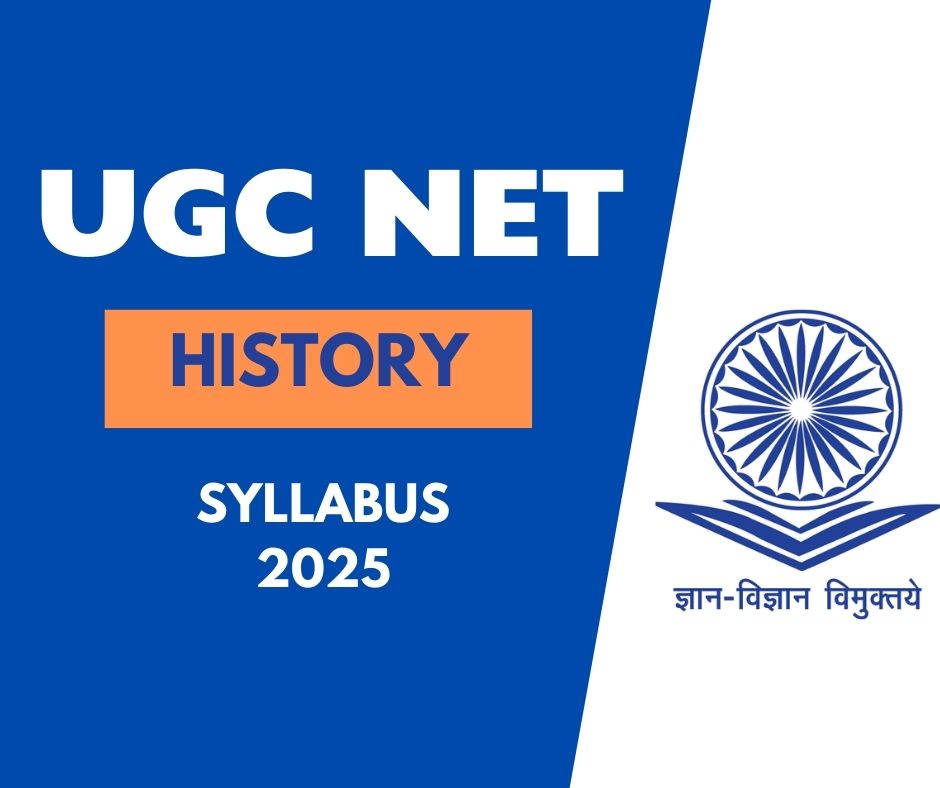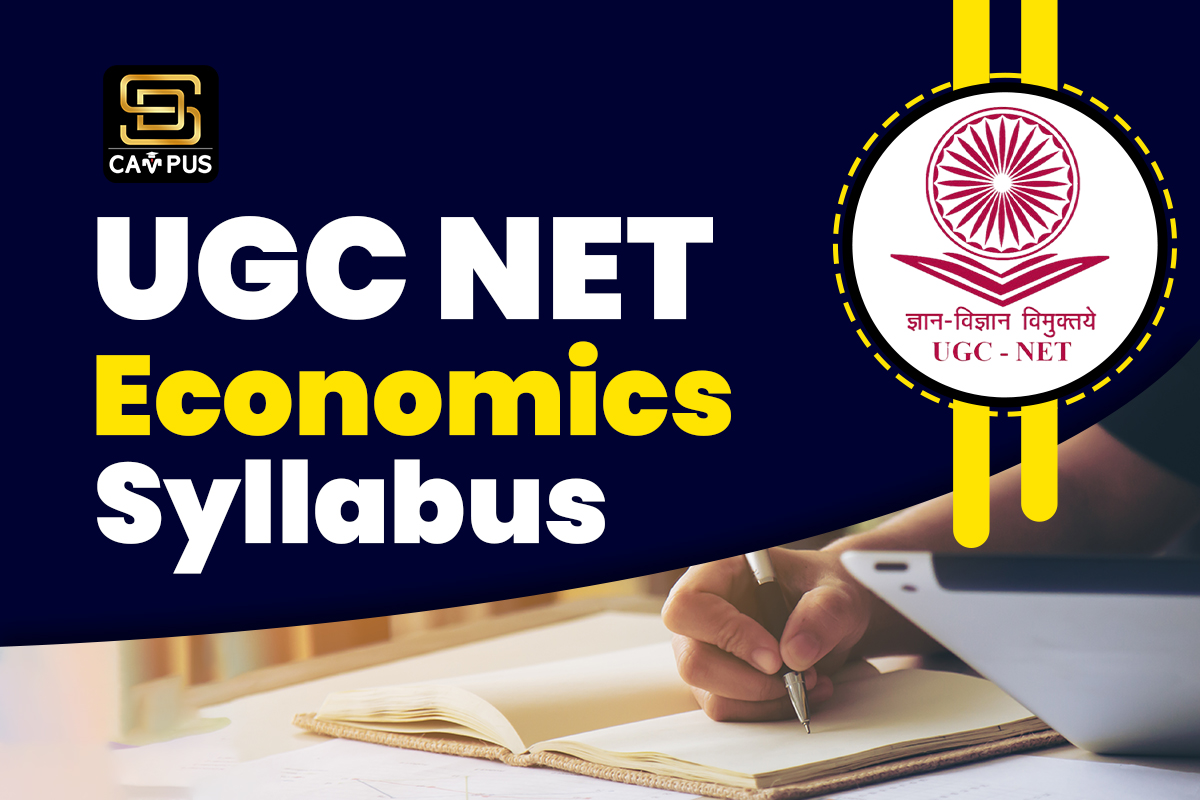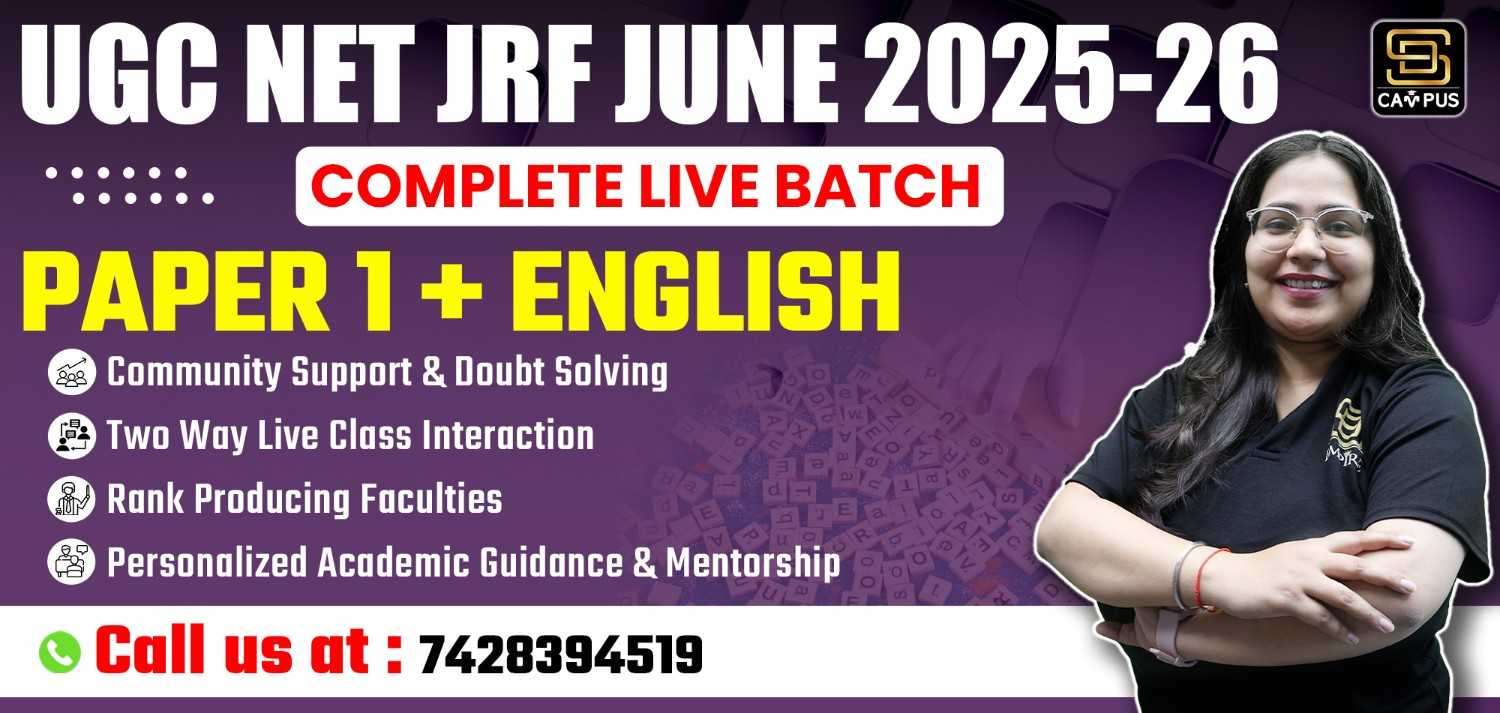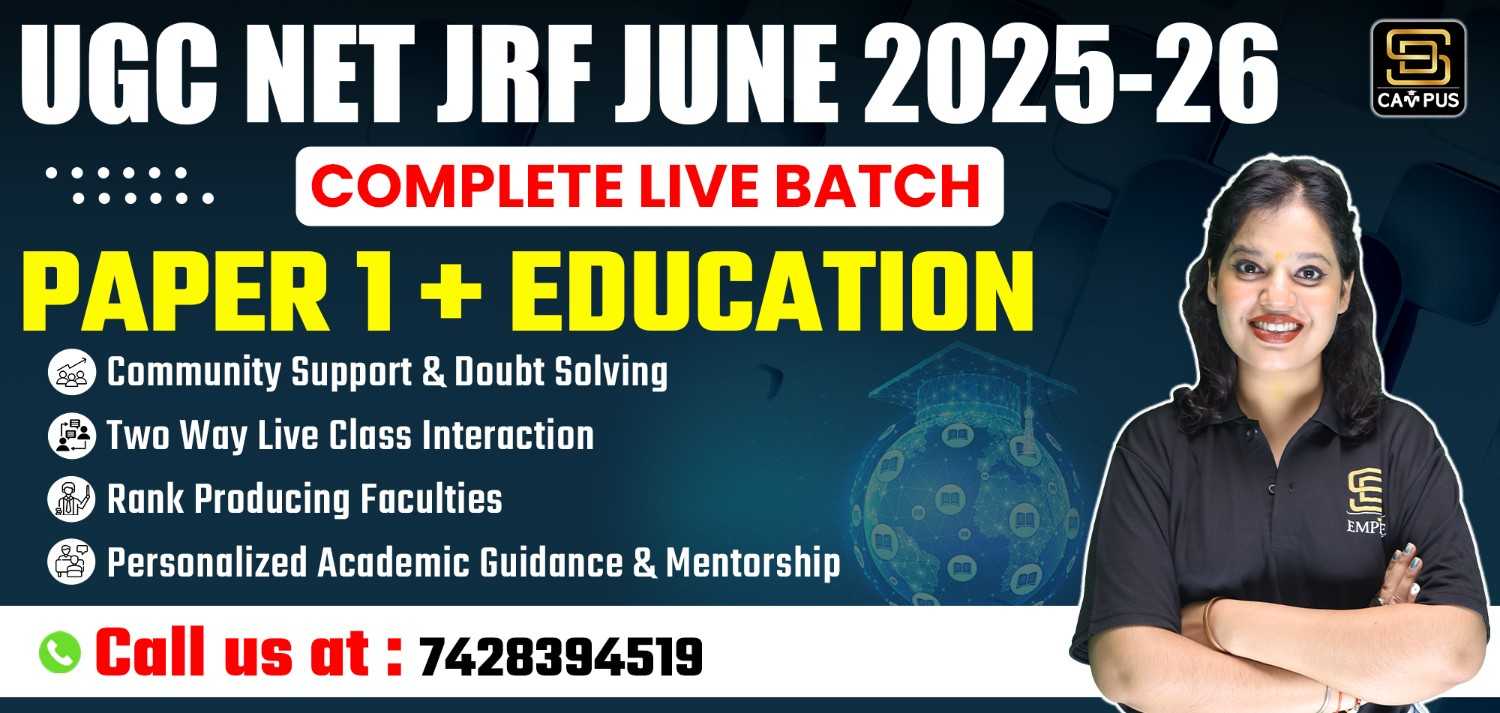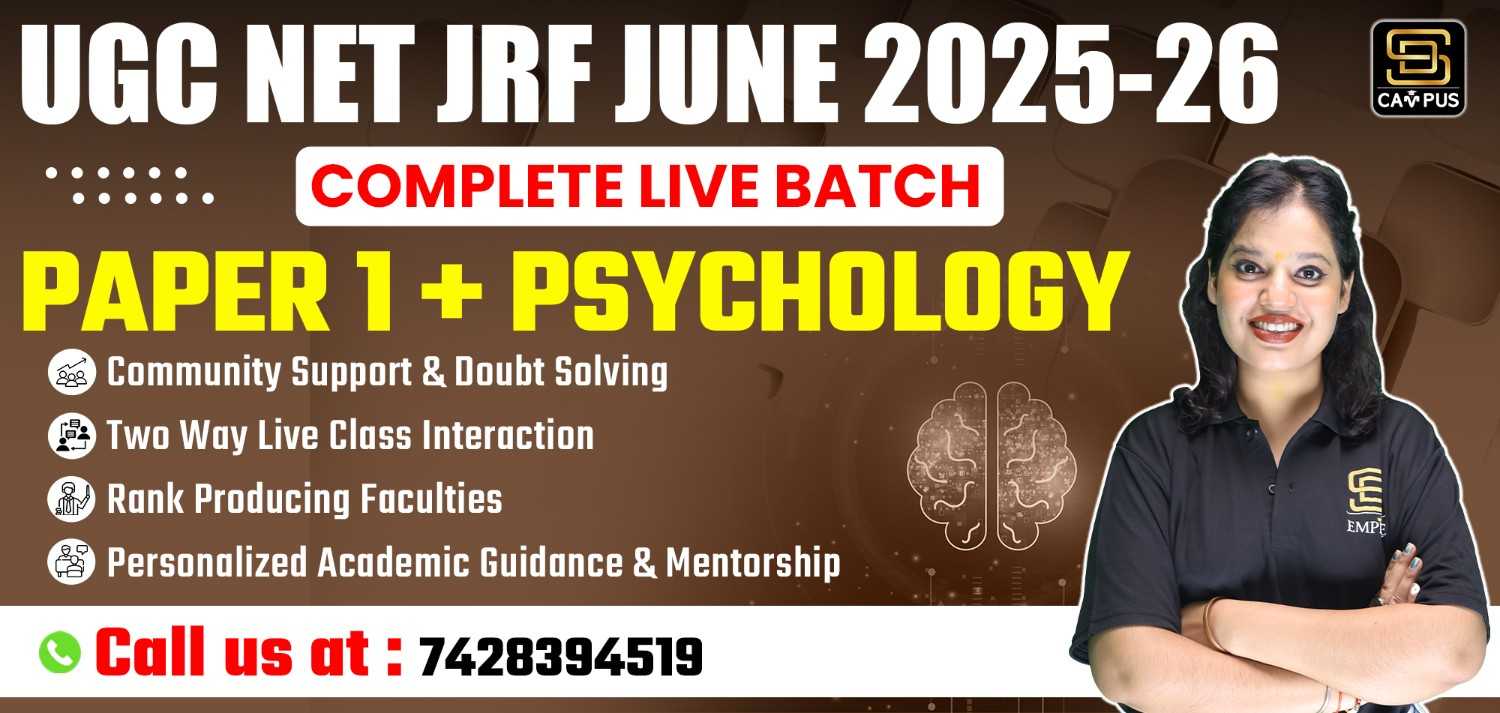UGC NET Geography syllabus is available for all candidates appearing for the UGC NET exam 2025. It has 10 units for the paper 1 and 10 units for the paper 2 syllabus.
Read the article further for details of syllabus topics for UGC NET Geography Syllabus Paper 1 PDF along with Paper 2.
Table of Contents
ToggleUGC NET Geography Syllabus Overview
The table contains important information about the UGC NET geography syllabus:
| Exam Name | UGC NET Geography |
| Exam Conducting Body | National Testing Agency |
| Post |
|
| Exam Level | National Level |
| Exam frequency | Twice (June and December) |
| Mode of Exam | Online |
| Medium of Exam | English and Hindi |
| Time Duration | 3 Hours |
| Number of papers | Paper 1: General
Paper 2: Commerce Subject |
| Total Marks | Paper 1: 100 marks
Paper 2: 200 marks |
| Official Website | ugcnet.nta.nic.in |
UGC Net Geography Syllabus Paper 1
UGC Net Geography Syllabus Paper 1 is mentioned in the table below:
| Unit | Topic | Details |
| 1 | Teaching Aptitude | Concept, Objectives, Levels of Teaching
Factors affecting teaching -Teacher, Learner, Support material, Instructional facilities, Learning environment, and Institution. Methods of teaching in Institutions of higher learning. Teaching Support System: Traditional, Modern, and ICT-based. Evaluation Systems: Elements and Types of Evaluation, Evaluation in Choice-Based Credit System |
| 2 | Research Aptitude | Research: Meaning, Types, and Characteristics, Positivism and Postpositivistic approach to research. Methods of Research: Experimental, Descriptive, Historical, Qualitative, and Quantitative Methods. Steps of Research. Thesis and Article writing: Format and styles of referencing. Application of ICT in research. Research ethics |
| 3 | Comprehension | A passage of text is given. Questions are asked from the passage to be answered. |
| 4 | Communication | Communication: Meaning, types, and characteristics of communication. Effective communication: Verbal and Non-verbal, Inter-Cultural and group communications, Classroom communication. Barriers to effective communication. Mass-Media and Society. |
| 5 | Mathematical Reasoning and Aptitude | Types of reasoning.
Number series, Letter series, Codes, and Relationships. Mathematical Aptitude (Fraction, Time & Distance, Ratio, Proportion and Percentage, Profit and Loss, Interest and Discounting, Average |
| 6 | Logical Reasoning | Understanding the structure of arguments: argument forms, the structure of categorical propositions, Mood and Figure, Formal and Informal fallacies, Uses of language, Connotations, and denotations of terms, Classical square of opposition. Evaluating and distinguishing deductive and inductive reasoning.
Analogies. Venn diagram: Simple and multiple uses for establishing the validity of arguments. Indian Logic: Means of knowledge. Pramanas: Pratyaksha (Perception), Anumana (Inference), Upamana (Comparison), Shabda (Verbal testimony), Arthapatti (Implication) and Anupalabddhi (Non-apprehension). Structure and kinds of Anumana (inference), Vyapti (invariable relation), Hetvabhasas (fallacies of inference). |
| 7 | Data Interpretation | Sources, acquisition, and classification of Data. Quantitative and Qualitative Data. Graphical representation (Bar-chart, Histograms, Pie-chart, Table-chart, and Line-chart) and mapping of Data. Data Interpretation. Data and Governance. |
| 8 | Information and Communication Technology (ICT) | ICT: General abbreviations and terminology. Basics of Internet, Intranet, E-mail, Audio and Video-conferencing. Digital initiatives in higher education. ICT and Governance. |
| 9 | People, Development and Environment | Development and environment: Millennium Development and Sustainable Development Goals. Human and environment interaction: Anthropogenic activities and their impacts on the environment. Environmental issues: Local, Regional, and Global; Air pollution, Water pollution, Soil pollution, Noise pollution, Waste (solid, liquid, biomedical, hazardous, electronic), Climate change and its Socio-Economic and Political dimensions. Impacts of pollutants on human health. Natural and energy resources: Solar, Wind, Soil, Hydro, Geothermal, Biomass, Nuclear, and Forests. Natural hazards and disasters: Mitigation strategies. Environmental Protection Act (1986), National Action Plan on Climate Change, International agreements/efforts -Montreal Protocol, Rio Summit, Convention on Biodiversity, Kyoto Protocol, Paris Agreement, International Solar Alliance. |
| 10 | Higher Education System | Institutions of higher learning and education in ancient India. Evolution of higher learning and research in post-independence India. Oriental, Conventional, and Non-conventional learning programmes in India. Professional, Technical, and Skill-based education. Value education and environmental education. Policies, Governance, and Administration. |
UGC Net Geography Syllabus Paper 2
Check the table below for detailed syllabus topics of UGC Net Geography Syllabus Paper 2:
| Unit | Unit name | Topic |
| 1 | Geomorphology Continental Drift | Continental Drift, Plate Tectonics, Endogenetic and Exogenetic forces. Denudation and Weathering, Geomorphic Cycle (Davis and Penck), Theories and Processes of Slope Development, Earth Movements (seismicity, folding, faulting, and vulcanicity), Landform Occurrence and Causes of Geomorphic Hazards (earthquakes, volcanoes, landslides, and avalanches) |
| 2 | Climatology | Composition and Structure of Atmosphere; Insolation, Heat Budget of Earth, Temperature, Pressure and Winds, Atmospheric Circulation (air-masses, fronts, and upper air circulation, cyclones and anticyclones (tropical and temperate), Climatic Classification of Koppen & Thornthwaite, ENSO Events (El Nino, La Nina, and Southern Oscillations), Meteorological Hazards and Disasters (Cyclones, Thunderstorms, Tornadoes, Hailstorms, Heat and Cold waves Drought and Cloudburst, Glacial Lake Outburst (GLOF), Climate Change: Evidences and Causes of Climatic Change in the past, Human impact on Global Climate. |
| 3 | Oceanography | Relief of Oceans, Composition: Temperature, Density, and Salinity, Circulation: Warm and Cold Currents, Waves, Tides, Sea Level Changes, Hazards: Tsunami and Cyclone |
| 4 | Geography of Environment | Components: Ecosystem (Geographic Classification) and Human Ecology, Functions: Trophic Levels, Energy Flows, Cycles (geo-chemical, carbon, nitrogen and oxygen), Food Chain, Food Web and Ecological Pyramid, Human Interaction and Impacts, Environmental Ethics and Deep Ecology, Environmental Hazards and Disasters (Global Warming, Urban Heat Island, Atmospheric Pollution, Water Pollution, Land Degradation), National Programmes and Policies: Legal Framework, Environmental Policy, International Treaties, International Programmes and Polices (Brundtland Commission, Kyoto Protocol, Agenda 21, Sustainable Development Goals, Paris Agreement) |
| 5 | Population and Settlement Geography Population Geography | Sources of population data (census, sample surveys, and vital statistics, data reliability, and errors). World Population Distribution (measures, patterns, and determinants), World Population Growth (prehistoric to modern period). Demographic Transition, Theories of Population Growth (Malthus, Sadler, and Ricardo). Fertility and Mortality Analysis (indices, determinants, and world patterns). Migration (types, causes and consequences, and models), Population Composition and Characteristics (age, sex, rural-urban, occupational structure, and educational levels), Population Policies in Developed and Developing Countries.
Settlement Geography Rural Settlements (types, patterns, and distribution), Contemporary Problems of Rural Settlements ( rural-urban migration; land use changes; land acquisition and transactions), Theories of Origin of Towns (Gordon Childe, Henri Pirenne, Lewis Mumford), Characteristics and Processes of Urbanization in Developed and Developing Countries (factors of urban growth, trends of urbanization, size, structure and functions of urban areas). Urban Systems ( the law of the primate city and rank-size rule) Central Place Theories (Christaller and Losch), Internal Structure of the City, Models of Urban Land Use (Burgess, Harris and Ullman, and Hoyt), Concepts of Megacities, Global Cities and Edge Cities, Changing Urban Forms (peri-urban areas, rural-urban fringe, suburban, ring and satellite towns), Social Segregation in the City, Urban Social Area Analysis, Manifestation of Poverty in the City (slums, informal sector growth, crime and social exclusion). |
| 6 | Geography of Economic Activities and Regional Development | Economic Geography Factors affecting spatial organisation of economic activities (primary, secondary, tertiary and quarternary), Natural Resources (classification, distribution and associated problems), Natural Resources Management. World Energy Crises in Developed and Developing Countries.
Agricultural Geography Land capability classification and Land Use Planning, Cropping Pattern: Methods of delineating crop combination regions (Weaver, Doi and Rafiullah), Crop diversification, Von Thunen’s Model of Land Use Planning. Measurement and Determinants of Agricultural Productivity, Regional variations in Agricultural Productivity, Agricultural Systems of the World. Industrial Geography Classification of Industries, Factors of Industrial Location; Theories of Industrial Location (A. Weber, E. M. Hoover, August Losch, A. Pred and D. M. Smith). World Industrial Regions, Impact of Globalisation on manufacturing sector in Less Developed Countries, Tourism Industry, World distribution and growth of Information And Communication Technology (ICT) and Knowledge Production (Education and R & D) Industries. Geography of Transport and Trade Theories and Models of spatial interaction (Edward Ullman and M. E. Hurst) Measures and Indices of connectivity and accessibility; Spatial Flow Models: Gravity Model and its variants, World Trade Organisation, Globalisation and Liberalisation and World Trade Patterns. Problems and Prospects of Inter and Intra Regional Cooperation and Trade. Regional Development Typology of Regions, Formal and Fictional Regions, World Regional Disparities, Theories of Regional Development(Albert O. Hirschman, Gunnar Myrdal, John Friedman, Dependency theory of Underdevelopment, Global Economic Blocks, Regional Development and Social Movements in India |
| 7 | Cultural, Social and Political Geography | Cultural and Social Geography Concept of Culture, Cultural Complexes, Areas and Region, Cultural Heritage, Cultural Ecology. Cultural Convergence, Social Structure and Processes, Social Well-being and Quality of Life, Social Exclusion, Spatial distribution of social groups in India (Tribe, Caste, Religion and Language), Environment and Human Health, Diseases Ecology, Nutritional Status (etiological conditions, classification and spatial and seasonal distributional patterns with special reference to India) Health Care Planning and Policies in India, Medical Tourism in India.
Political Geography Boundaries and Frontiers (with special reference to India), Heartland and Rimland Theories. Trends and Developments in Political Geography, Geography of Federalism, Electoral Reforms in India, Determinants of Electoral Behaviour, Geopolitics of Climate Change, Geopolitics of World Resources, Geo-politics of India Ocean, Regional Organisations of Cooperation (SAARC, ASEAN, OPEC, EU). Neopolitics of World Natural Resources. |
| 8 | Geographic Thought | Contributions of Greek, Roman, Arab, Chinese and Indian Scholars, Contributions of Geographers (Bernhardus Varenius, Immanuel Kant, Alexander von Humboldt, Carl Ritter, Scheafer & Hartshorne), Impact of Darwinian Theory on Geographical Thought. Contemporary trends in Indian Geography: Cartography, Thematic and Methodological contributions. Major Geographic Traditions (Earth Science, man environment relationship, area studies and spatial analysis), Dualisms in Geographic Studies (physical vs. human, regional vs. systematic, qualitative vs. quantitative, ideographic vs. nomothetic), Paradigm Shift, Perspectives in Geography (Positivism, Behaviouralism, Humanism, Structuralism, Feminism and Postmodernism). |
| 9 | Geographical Techniques | Sources of Geographic Information and Data (spatial and non-spatial), Types of Maps, Techniques of Map Making (Choropleth, Isarithmic, Dasymetric, Chorochromatic, Flow Maps) Data Representation on Maps (Pie diagrams, Bar diagrams and Line Graph, GIS Database (raster and vector data formats and attribute data formats). Functions of GIS (conversion, editing and analysis), Digital Elevation Model (DEM), Georeferencing (coordinate system and map projections and Datum), GIS Applications ( thematic cartography, spatial decision support system), Basics of Remote Sensing (Electromagnetic Spectrum, Sensors and Platforms, Resolution and Types, Elements of Air Photo and Satellite Image Interpretation and Photogrammetry), Types of Aerial Photographs, Digital Image Processing: Developments in Remote Sensing Technology and Big Data Sharing and its applications in Natural Resources Management in India, GPS Components (space, ground control and receiver segments) and Applications, Applications of Measures of Central Tendency, Dispersion and Inequalities, Sampling, Sampling Procedure and Hypothesis Testing (chi-square test, t-test, ANOVA), Time Series Analysis, Correlation and Regression Analysis, Measurement of Indices, Making Indicators Scale Free, Computation of Composite Index, Principal Component Analysis and Cluster Analysis, Morphometric Analysis: Ordering of Streams, Bifurcation Ratio, Drainage Density and Drainage Frequency, Basin Circularity Ratio and Form Factor, Profiles, Slope Analysis, Clinographic Curve, Hypsographic Curve and Altimetric Frequency Graph. |
| 10 | Geography of India | Major Physiographic Regions and their Characteristics: Drainage System (Himalayan and Peninsular), Climate: Seasonal Weather Characteristics, Climatic Divisions, Indian Monsoon (mechanism and characteristics), Jet Streams and Himalayan Cryosphere, Types and Distribution of Natural Resources: Soil, Vegetation, Water, Mineral and Marine Resources. Population Characteristics (spatial patterns of distribution), Growth and Composition (rural-urban, age, sex, occupational, educational, ethnic and religious), Determinants of Population, Population Policies in India, Agriculture ( Production, Productivity and Yield of Major Food Crops), Major Crop Regions, Regional Variations in Agricultural Development, Environmental, Technological and Institutional Factors affecting Indian Agriculture; Agro-Climatic Zones, Green Revolution, Food Security and Right to Food. Industrial Development since Independence, Industrial Regions, and their Characteristics, Industrial Policies in India. Development and Patterns of Transport Networks (railways, roadways, waterways, airways, and pipelines), Internal and External Trade (trend, composition, and directions), Regional Development Planning in India, Globalisation and its impact on Indian Economy, Natural Disasters in India (Earthquake, Drought, Flood, Cyclone, Tsunami, Himalayan Highland Hazards and Disasters.) |
UGC Net Geography Syllabus PDF
UGC NET Geography Syllabus Paper 1 PDF is available to download. Candidates can visit the official site of UGC NET and find the syllabus PDF. Candidates can choose to download the syllabus in either Hindi or English.
UGC Net Geography Exam Pattern
UGC NET Geography Syllabus paper 1 and paper 2 exam Pattern is as follows:
| Papers | No of Questions | Total Marks | Duration |
| Paper 1 | 50 | 100 | 3 Hours |
| Paper 2 | 100 | 200 | |
| Total | 150 | 300 |
UGC Net Geography Marking Session
UGC NET geography exam does not have a negative marking scheme, a positive thing for all the aspirants. So candidates get 2 marks for each correct answer and no deduction for wrong answers.
UGC NET Geography Paper 1 and Paper 2 Book
You can use the online resources to get the PDF version of UGC NET geography
books for the NET exam. For paper 1, you can buy the UGC Books Arihant Experts publication. For paper 2, find out the books that are all in one. Moreover, check the pointers below to decide on the books to buy:
- Always go for the latest book edition as it has the latest upgraded topics and question paper practice sets.
- Find books that are all in one so you don’t need to refer to different books on various topics.
- A definite thing is to check the ratings and reviews of books before buying them online.
UGC Net Geography Syllabus Preparation Guide
Follow the tips below when preparing for the UGC NET geography syllabus:
- Study the syllabus for both paper 1 and paper 2.
- Gather all the books and study notes required from different sources.
- Make a study plan and strictly follow it by accommodating time for all the topics of the UGC NET Geography syllabus paper 2 and paper 1.
- Revision is most important, so leave room for it from the available preparation time. Make sure to regulate your revision schedule.
|
Related articles |
|
| UGC NET English | UGC NET History |
| UGC NET previous year question | |
Frequently Asked Questions
Ques 1: What is the UGC NET geography syllabus?
Ans 1: The UGC NET syllabus paper 1 syllabus is about teaching and research aptitude. Paper 2 syllabus topics are -Geomorphology, Climatology, Oceanography, Geography of Environment, Population and Settlement Geography, Geographic Thought, etc.
Ques 2: Who can give the UGC NET Exam Geography 2025?
Ans 2: A candidate who has completed a master’s degree in geography with 55% (UR) or 50%(reserved) or is enrolled in a master’s program is eligible for the UGC NET geography.
Ques 3: Is UGC NET Geography hard to clear?
Ans 3: UGC NET Geography is moderately difficult to clear. However, following a study plan will make it easy to qualify for the exam.
Ques 4: What is the difference between CSIR and UGC NET Geography?
Ans 4: The CSIR NET is to qualify candidates for junior research purposes. However, UGC NET is to become eligible for an Assistant professor post in an Indian university.
Ques 5: What is the previous year’s cut-off of UGC NET geography?
Ans 5: Cut off for unreserved category JRF 204 and for an assistant professor – 180 marks.
Archna is a University of Delhi graduate. She has 2 years of experience as a Content Writer in education, finance, and tech writing. She aims to create informative, clear, and concise user-friendly content. For the SD campus, she writes for: Teaching exams, Government Jobs, and School Entrance exams.

